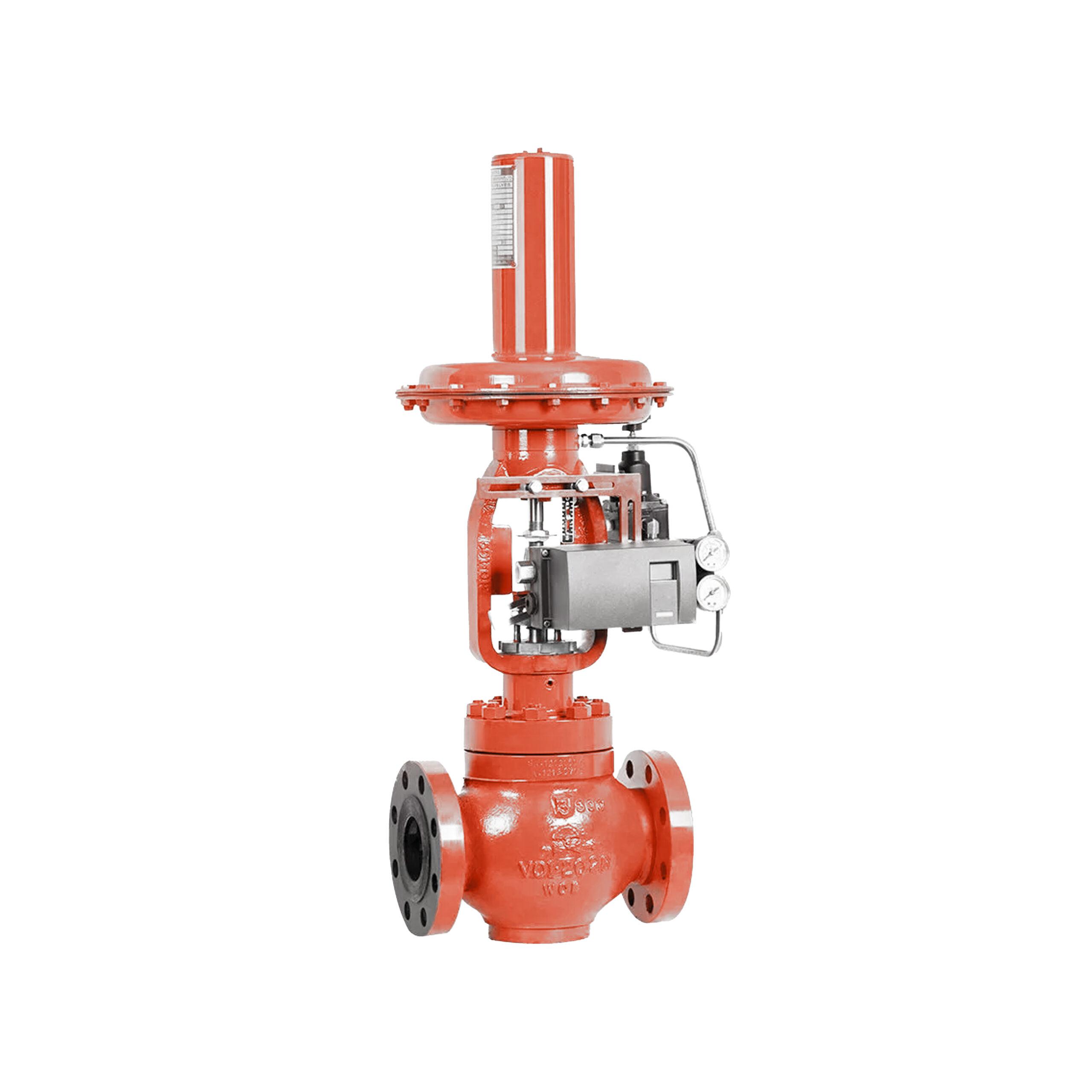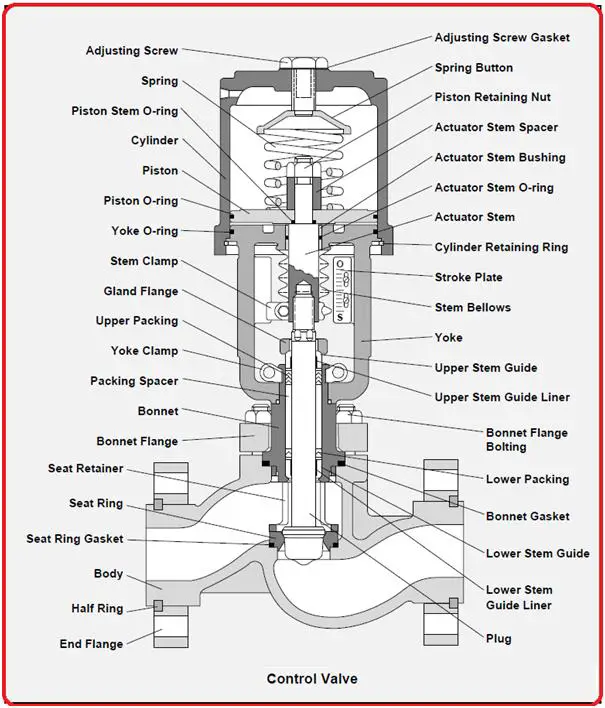
Maximize Power Financial Savings and Convenience With Advanced Structure Automation Controls
In the world of modern-day style and facility management, the integration of innovative structure automation controls stands as a pivotal innovation. The convergence of technology and sustainability has actually birthed a new era where power effectiveness, comfort optimization, and functional streamlining are no longer achievable facts however distant desires. By taking advantage of the power of automation, buildings can adjust, react, and develop in manner ins which were when inconceivable. The potential for considerable energy financial savings and improved comfort is not simply a possibility yet a pledge waiting to be satisfied. This paradigm change in building administration holds the essential to opening a globe where environmental conscientiousness and owner wellness sympathetically exist together within the wall surfaces of our structures.
Energy Effectiveness Conveniences
Energy performance advantages can significantly minimize energy intake and operational costs in structures. Energy-efficient systems, such as advanced structure automation controls, can optimize the usage of sources like air conditioning, illumination, and heating, leading to lower energy expenditures over time.
Furthermore, enhanced energy effectiveness can lengthen the life-span of structure equipment and systems. By operating more efficiently, HVAC systems, lighting fixtures, and various other building elements experience much less wear and tear, causing minimized maintenance and substitute costs. In addition, energy-efficient structures typically command greater residential or commercial property values and rental rates, offering long-term financial advantages to owners.
In addition, power efficiency can enhance owner convenience and efficiency. Correctly regulated interior settings with optimum lights and thermal problems create a more pleasant and conducive work space, resulting in improved staff member complete satisfaction and performance. On the whole, the power effectiveness benefits linked with advanced building automation controls are multifaceted, including price savings, environmental stewardship, and passenger well-being.
Improved Convenience Control
Enhancing comfort control in building settings requires an advanced integration of innovative automation systems for optimal resident health. By using advanced building automation controls, facilities can tailor the indoor setting to fulfill the details demands and choices of occupants. control valves.
Enhanced comfort control goes past fundamental temperature changes. It consists of attributes such as customized setups, tenancy sensors, and all-natural light usage to create a vibrant and responsive atmosphere. By integrating these advanced controls, structures can not only boost convenience however likewise improve power effectiveness by maximizing system procedures based upon actual occupancy and use patterns. Eventually, prioritizing occupant comfort via sophisticated automation systems brings about an extra delightful and much healthier indoor atmosphere.
Operational Efficiency Improvements

In addition, the implementation of real-time tracking and analytics devices allows structure operators to determine power inadequacies and functional anomalies without delay. By continuously monitoring power usage patterns and system efficiency metrics, adjustments can be made in real-time to maximize energy usage and ensure peak functional performance. control valves. Additionally, incorporating demand reaction strategies into structure automation controls can better enhance operational effectiveness by dynamically readjusting power use based on grid conditions and prices signals
Indoor Environment Optimization
Effective indoor Discover More environment optimization is a basic aspect of building automation controls, making certain residents' comfort and wellness while optimizing power savings. By utilizing advanced sensors and controls, building automation systems can continuously change and keep track of temperature, humidity levels, air quality, and air flow to develop an optimum interior atmosphere. Preserving constant and comfortable conditions not just boosts owner satisfaction but also increases productivity and general wellness.
Indoor environment optimization additionally plays a vital duty in power effectiveness. By fine-tuning ventilation, cooling, and home heating systems based on real-time data and occupancy patterns, constructing automation controls can significantly reduce power intake - control valves. Implementing strategies such as demand-controlled ventilation and thermal zoning can aid decrease power waste while making certain that each location of the building receives the necessary conditioning.

Sustainable Environment Production
Building automation controls not only enhance indoor environment conditions for power performance and resident convenience however also lay the structure for producing a lasting environment with strategic administration of sources and systems. By incorporating advanced building automation technologies, such as sensing units, actuators, and smart software application, facilities can change and keep track of energy use in real-time to lessen waste and decrease their carbon impact. These systems make it possible for anticipating maintenance, identifying potential concerns prior to they intensify and enhancing devices performance to improve durability and effectiveness.
Furthermore, sustainable setting development prolongs beyond power administration to encompass water preservation, waste reduction, and interior air top quality enhancement. Structure automation controls can manage More Help water usage, discover leaks, and make certain appropriate garbage disposal methods, contributing to general sustainability efforts. In addition, by regulating and keeping track of air flow and filtration systems, these innovations improve occupant wellness and productivity while decreasing power consumption connected with HVAC operations.
Verdict
To conclude, advanced structure automation regulates offer considerable advantages in regards to energy cost savings, convenience control, operational effectiveness, interior environment optimization, and creating a sustainable setting. By implementing these controls, buildings can accomplish optimum performance while minimizing energy usage and boosting resident convenience. It appears that making use of innovative automation technology is important in boosting structure performance and creating a much more lasting future.
Power efficiency benefits can considerably decrease energy usage and functional prices in buildings. Generally, the power efficiency benefits linked with advanced structure automation controls are complex, encompassing price savings, ecological stewardship, and owner wellness.
In addition, including need feedback strategies right into structure automation controls can better enhance operational effectiveness by dynamically readjusting energy usage based on grid problems and pricing signals.
Building automation controls not only optimize indoor environment conditions for power efficiency and passenger comfort yet likewise lay the foundation for developing a sustainable atmosphere through calculated management of sources and systems.In conclusion, advanced structure automation manages offer substantial benefits in terms of power cost savings, comfort control, functional effectiveness, indoor environment optimization, and developing a sustainable environment.